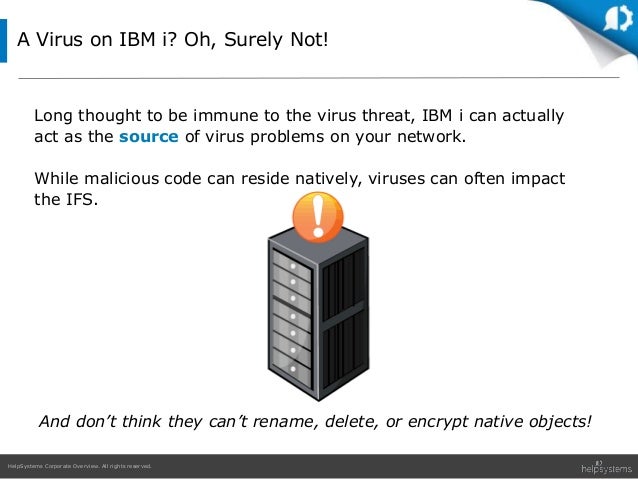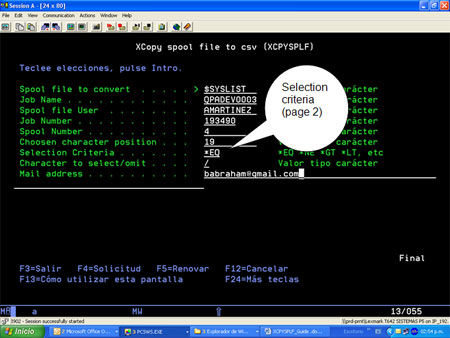Copy To Stream File Cpytostmf


The Copy To Stream File (CPYTOSTMF) command copies either a database file member or a save file to a stream file. Optional conversion of the data and reformatting is performed when copying a database file member. Bmw M3 Challenge Car Mods.
I’ve been searching for ways to automate user tasks and, preferably, to have them initiated from the iSeries. One such task is transferring data between a network folder or the Integrated File System (IFS) and an externally described iSeries database file. Portfolio Grafika Pdf.
But there are problems associated with using IBM’s Copy from Stream File (CPYFRMSTMF) and Copy to Stream File (CPYTOSTMF) commands. So I developed my own commands. When using the CPYFRMSTMF and CPYTOSTMF commands, the parameters and associated values are difficult to keep straight, and externally-described iSeries database files are not allowed with these commands. So I have developed two commands to be used as front-ends to the IBM commands. The commands I created, Copy From IFS File (CPYFRMIFS) and Copy To IFS File (CPYTOIFS), simplify the parameters and allow use of externally described iSeries database files. COPY FROM IFS FILE The command transfers a file from the IFS to an iSeries database file. This command has six parameters: • Object In: the complete path of the file on the IFS to be transferred.
• Object Out: the qualified name of the iSeries database file. • Member Out: the iSeries database file member to receive the data.
• DB File Type: identifies whether the iSeries database file is a data file or a source file. • PC File Type: identifies the file system where the IFS file originated (Windows/Unix). • Member option: identifies whether the member is to be replaced or added to. The source code for the command processing program is. I have broken the field declarations in this program into three groups: the parameters passed to the program, the fields used by the CPYFRMSTMF and SNDPGMMSG commands, and fields related to C-program “stat.” The program begins by parsing out the Object Out parameter into file (positions 1-10) and library (positions 11-20).
Next, we convert the Object In parameter into a null-terminated string for use with C-program “stat.” Program “stat” is used to determine if the file specified in the Object In parameter exists. If the file exists, the return value is a binary value of zero (0). Halo 2 Modding Program For Minecraft here. If the return value is not zero (file not found), the program sends escape message CPF9897 with the text “Object object-in does not exist” and the program terminates. Because this is an escape message, it can be monitored for in a calling program by using a MONMSG command. If the IFS file exists, the program checks to see if the database file and member exist.